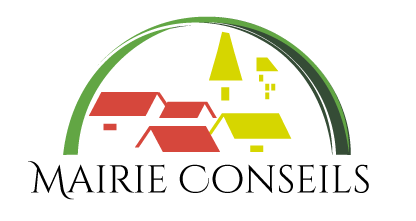• 4 main markets
• A communal forest – the Kivofem forest
• Touristic sites like the Babungo museum.
• Hilux, service cars and bikes
• Public toilets
• Soils: mainly from basalt, trachyte and/or granite base rocks suitable for agriculture and pasture. The level landed nature of the greater part of land has made for the development of swamps and marshes with water logged soils that support the cultivation of rice in the council area.
• Vegetation: savannah type with short stunted trees. (Man planted vegetation like palm trees and raffia palms, eucalyptus, kola and Pygeum africanum exist). They are of economic value to the inhabitants who used them for construction, fuel, food and as medicine. Some of these medicinal plants are even exported.
• Mineral resources: Mainly, sand, stones, gravel which are of economic value. They are sold and also used for construction of houses, bridges, culverts.
• Public works: poorly constructed roads, due to poor maintenance of the roads.
• Environment and nature protection: unhealthy environments and floods, due to poor refuse disposal system and poor drainages.
• Health: poor health services due to insufficient funds and insufficient number of staff.
• Water and Energy: Inadequate supply due to limited finances (for water) and limited energy sources (for energy).
• Women empowerment and family: less involvement of women in development activities, due to no empowerment centers and gender bias.
• Education: low educational output /quality, due to insufficient number of teachers, infrastructure/equipment and limited financial resources of parents.
• Jakiri and Oku subdivision, in Bui Division
• Belo subdivision in Boyo Division
• Bangorain in Noun Division
• Ndop central subdivision in Ngoketunjia Division
• Agriculture: (tea, oil palm, coffee, maize, beans, Irish potato, yam plantain, banana, Arabica coffee, garden crops and a variety of fruits).
• Livestock: (cattle, horses, goats, Sheep and fowls). Commerce: sales of food stuff and petty trading.
• Others include: small medium size enterprises, services from organizations, palm wine tapping and craftsmanship.
• Commerce: sales of food stuffs and other basic needs in the community.
• Climate: This area has 2 seasons (the rainy season with an average rainfall ranging between 1270mm – 1778mm, and the dry season with annual maximum temperatures ranging between 27.2 o c – 33.6 o c and minimum temperatures at 7.8 o c – 15.9 o c). This favors the cultivation of crops.
• Relief: undulating topography, has hills which can also be spotted within the council area. E.g. Etui, Forghai in Babungo area, Kaking and Kangta hills at Bangolan.
• Hydrology: rivers, streams, springs, swamps and the dam are the main water sources. Some of these have economic value to the people of his council area. They use it for fishing, domestic use and traditional practices.
